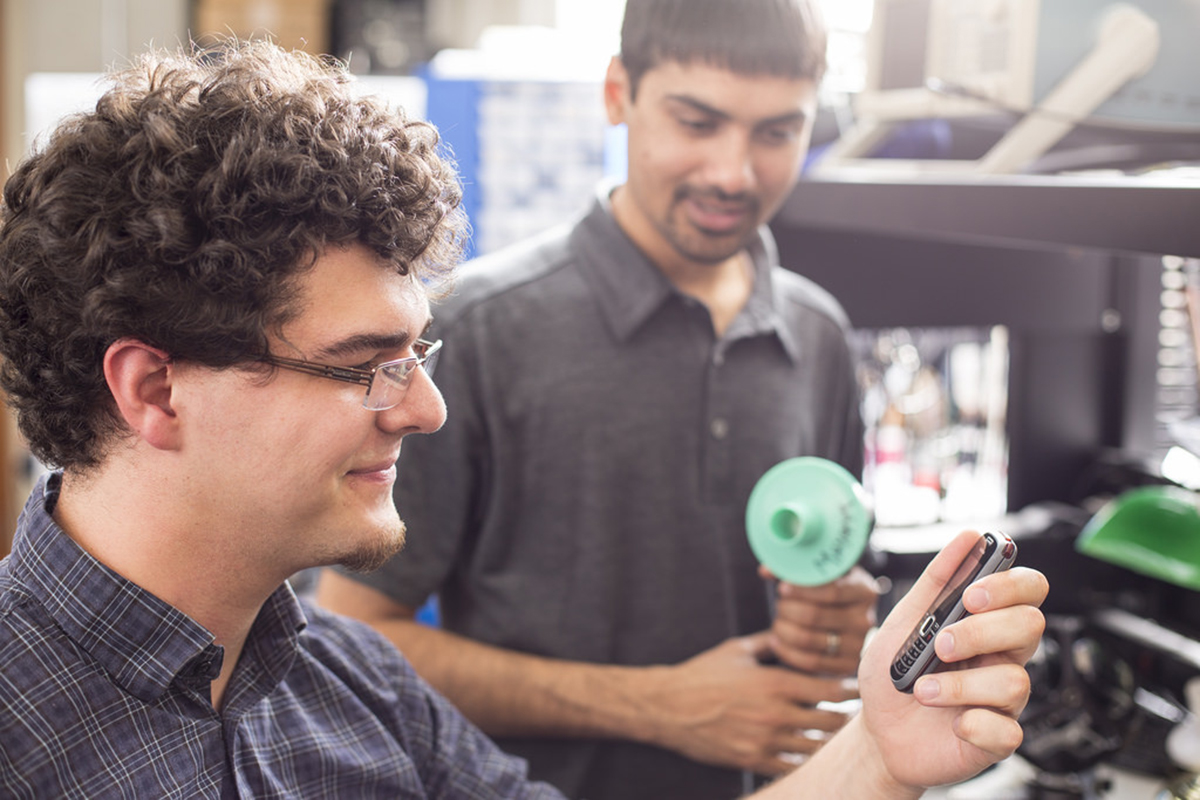Table of Contents
mHealth is the abbreviation for 'mobile health' and refers to the use of mobile/tablet/PDA devices and technologies, such as the mentioned apps, to aid the practice of medicine and public health.
This market has been steadily growing over the last few years and the global market is expected to reach a value of over $8 billion by 2019. The largest market in the world is the North American region due to the presence of advanced devices, pharmaceutical companies, manufacturers and increased awareness of technological advances. The Asia-Pacific region, however, seems to have the most potential as its growth in the mHealth market has increased the most of any region between 2013 and currently.

The mHealth market has also resulted in a reduction in medical costs, due to the mentioned devices being used to help monitor vital signs such as glucose levels in diabetics and blood pressures in patients with hypertension. Other body parameters which can be monitored with these devices include the patient's respiratory rate, heart rate and oxygen saturation.
How modern health care in being revolutionized
These devices and technologies allow patients to access information faster than has ever been done before. This has the potential to revolutionize healthcare by improving the way medical services are being offered to the citizens.
An example would be that patients who are diagnosed with a chronic condition can become self-reliant by using these technological advances. They will monitor their parameters at home, the information will be relayed to their doctor and then further feedback can be given to the patient.
READ The Most Recommended Medical Apps For Medical Students
Emerging trends in mHealth
There are certain areas in medicine which would benefit patients by being able to access smartphones and tablet devices. These could include the following:
- Human resources management, coordination and supervision.
- Emergency response systems, for example, related to emergency obstetric care and road traffic accidents.
- A clinician-focused and evidence-based formulary, decision support and database information available when consulting patients.
- Mobile asynchronous (via SMS), synchronous (voice) and telemedicine decision and diagnostic support to remote clinicians.
- Remote patient monitoring.
- Clinical care of patients.
- Patient Safety Systems and Pharmaceutical Supply Chain Integrity.
- Health-related mobile learning (mLearning) avaliable to the general public.
- Health services monitoring and reporting
- Health extension services.
- Promoting health and mobilizing the community.
- Peer-to-Peer Personal Health Management available for telemedicine consults.
- Continuing Professional Development (CPD) and training for healthcare professionals.
- Information regarding infectious disease prevention through social networking.
- Support of chronic conditions such as self-management in diabetes, hypertension, etc.
- The development of mobile social media for global healthcare personnel, so as to empower the health workforce and to push for professional unity.
- Follow-up of patients who have had major joint arthroplasty.
- www.healthcareglobal.com/technology/1933/TOP-10:-Medical-apps-for-doctors-and-physicians
- www.healthcareglobal.com/financeinsurance/1926/Why-you-should-invest-in-the-medical-device-and-mHealth-market
- en.wikipedia.org/wiki/MHealth
- Photo courtesy of neccorp: www.flickr.com/photos/neccorp/14445634744/
- Photo courtesy of uwnews: www.flickr.com/photos/uwnews/26170846564/
- Photo courtesy of neccorp: www.flickr.com/photos/neccorp/14445634744/


Your thoughts on this